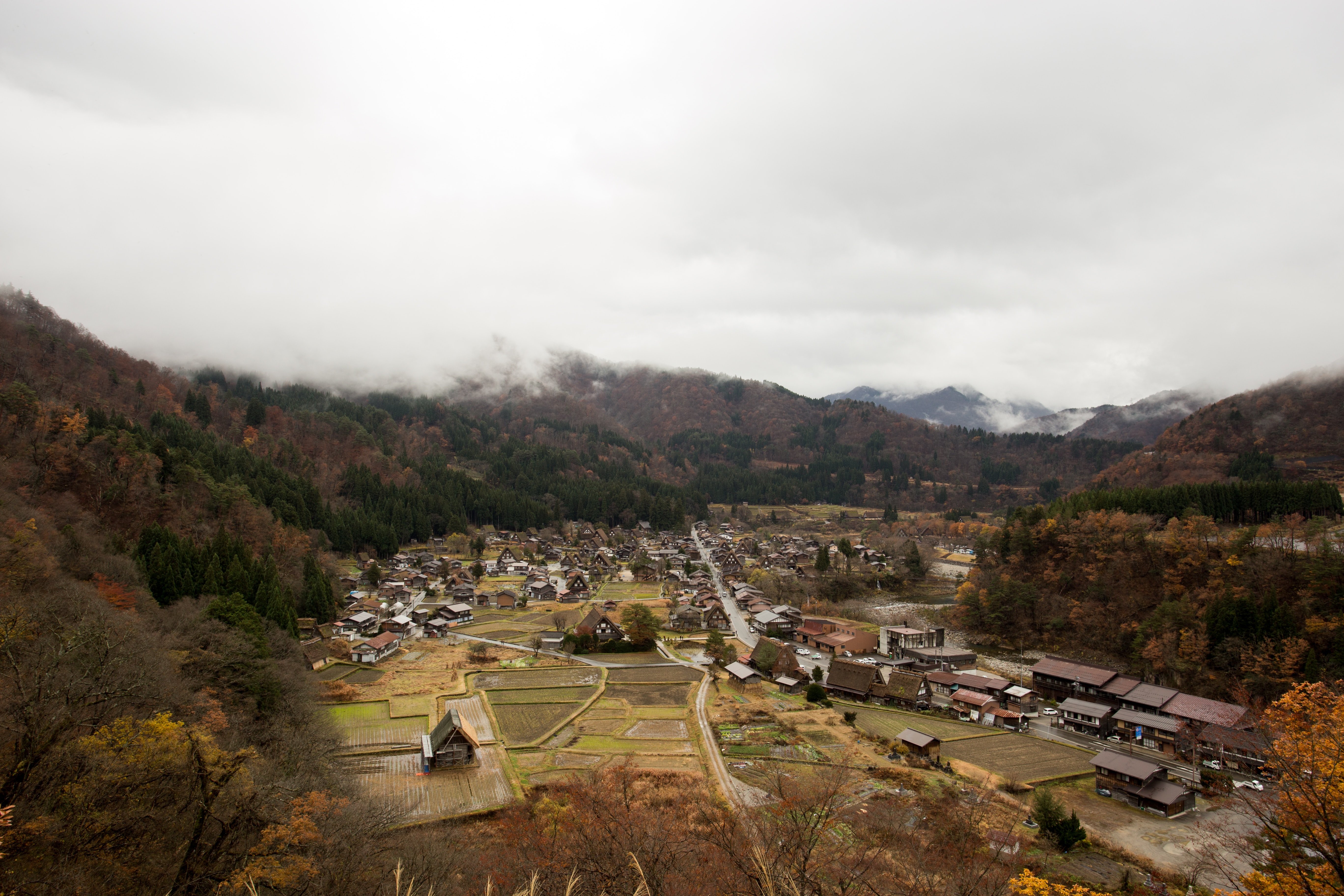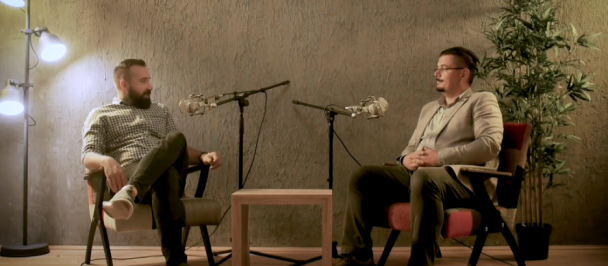Here is what we know: Serbia is among the world’s fastest-shrinking populations. The phenomenon is pronounced throughout Southeast and Central-Eastern Europe, where many countries combine the demographic characteristics of both: developed countries (low fertility rates), and developing countries (high out-migration and low immigration).
This mix of factors is down to some very personal choices: whether to have children, when and how many; where to live, where to work, when to move out and whether to ever return. It is obvious enough to attribute this entirely to economic or political factors, but a deeper analysis must follow the complexity of human decision-making, as well as of cultural, social, anthropological, and developmental factors.
Depopulation is the epitome of a wicked problem - unclassifiable, inextricable and mutable. UNDP Accelerator Labs have been set up to help the development sector come to grips with precisely this type of problem: where the complexity involved surpasses familiar approaches, and where we need not just new solutions but new ways of comprehending, contextualizing and identifying interlinked problems and solutions.
We are just getting started. More blogs will be posted around this macro challenge and some of its specific aspects, including the results of our thinking and work. Such a complex issue needs a lot of conversation; to start this, we are sharing our initial thoughts and dilemmas:
1. Does size still matter?
It is tempting to suggest that in the post-industrial world the notion of strength being in numbers is obsolete. After all, some tiny nations are making great developmental achievements (look at, say, Ireland or Finland). Yet concepts of national security and cultural or national identity continue to rely on numbers, and still form part of the backbone of a country’s place in the world. The greatest leaps in innovation for development are also witnessed in countries with significant young populations.
2. What does aging look like in Serbia?
To get a sense of what an older, smaller society will look like, we can start with understanding aging today - is it merely an economic burden due to reduced productivity and high cost of pensions? Or is a more nuanced approach needed, understanding that productivity does not decline in all areas and for all individuals? Is our society benefiting from the experience and social skills that come with age? There seems to be a large opportunity space for reimagining our view of the life course.
3. Can the fertility trap be reversed?
While fertility rates are dropping across the globe, the future is not easily predictable. Current trends towards smaller families are partly the result of the emancipation of women, an achievement no-one should try to reverse. But not all developed nations are faced with an equal crisis - and in fact, those with stronger gender equality records tend to be doing slightly better (compare e.g. Sweden’s 1.85 to Japan’s 1.44). What if we shifted the conversation away from women having more babies and towards a future of greater equality, where the father’s role will be more prominent? When parenting is “cool” for both genders, does a family with more engaged fathers and mothers also have a greater appetite for a larger number of children?
4. Are we talking about migration or mobility?
A good part of today’s concern with increasing emigration is the result of greater opportunity for people to take part in European labor markets. At the same time, advances in technology and transportation reduce the relevance of distance and make reverse mobility easier. People can maintain both personal and professional contacts, move back and forth, and be somewhere “in-between” - living in one place and working in another. Increasing numbers of people do exactly that, and perhaps future-proofing policy requires completely shifting our perception of migration. Should we attempt to redefine Serbia (or the entire region) to include its globally-based human capital?
5. Is it all about money?
Contemporary migration in this part of the world is frequently termed “economic migration”, suggesting the quest for better-paid work. This is beyond question, but it is only part of the story. Once higher incomes are in place, people adjust their expectations of quality of life - and personal and cultural factors become just as important. In addition to economic development, should we be thinking about how to build a more international and vibrant society?
6. What about skills and education?
With tidal emigration, it may seem like an investment in education is increasingly an investment into other countries’ human capital. A radical rethink of the way education systems prepare people for the future is clearly needed, and it should include creative ways for addressing future skills gaps - including through automation, international networks, and flexibility for lifelong learning.
7. When is it good to live in Serbia?
A look at reverse trends (returnees or circular migrants, as well as foreigners choosing Serbia as their home) might reveal more than just income-based decisions. Young parents could be motivated by the proximity of grandparents or the availability of quality childcare. Digital workers and individuals who can work remotely will have a different outlook on location. Finally, those who feel they are in Serbia by choice - and capable of succeeding elsewhere if they so wished - will have a different set of drivers for staying and investing in development.
8. Is there a future outside of cities?
Rural depopulation is a global trend and requires a conversation about what we want as a result of urbanization. Beyond “smart”, what do we want our cities to be like? How do we use non-urban areas, what kinds of infrastructure do we need for this, and what repercussions will we face in our environments?
9. Who are we prepared to bring into the country?
Immigration is a powerful mechanism for population development in many countries. To be successful, a strategic approach with a strong basis in multiculturalism must be developed. In European terms, Serbia has a strong heritage of diversity with multiple national minorities living together - what does this experience teach us about the potential of multiculturalism? How do we build a society where social inclusion is an asset that both develops the potential of its citizens and attracts the people that further enrich it?
10. Should we not do this together?
Given the regional scope of the challenge and the span of the opportunity space, the future seems to be calling for more of a regional vision, with closer coordination and joint ideation with citizens throughout the Balkans and beyond.
Over the past months, the Accelerator Lab has been working on unpacking depopulation through applying both data-driven and human-centric methods. We aim at an agile "test-iterate" approach and bringing new knowledge, skills and expertise from the outside world. We have been looking at some of these questions and identifying areas for the Lab’s portfolio of experiments - from engaged fatherhood to digital nomads, and from diaspora returnees to innovative uses of data.
We are always looking for partners: individuals or organizations that bring new data, domain expertise, innovative methods, or outreach to specific communities. If you share some of our dilemmas and are intrigued by our questions, please reach out to: lab.rs@undp.org.

 Locations
Locations



